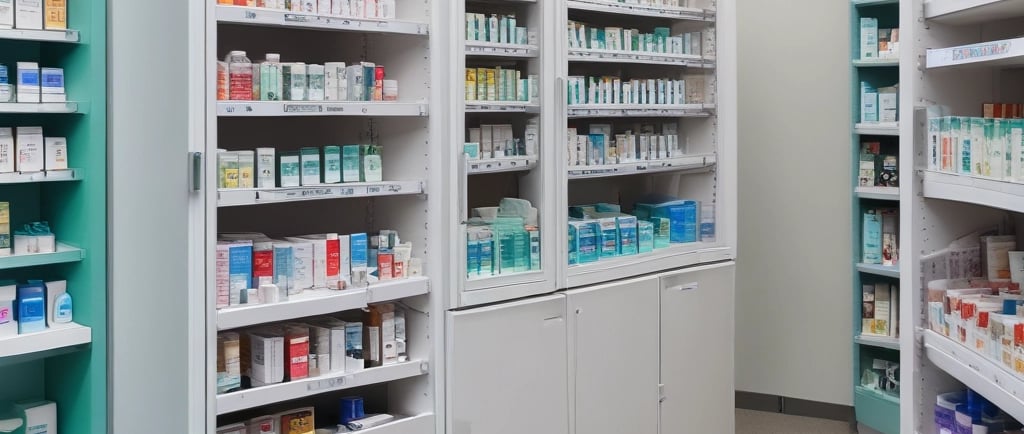Automated Dispensing Cabinets for Medication Safety
Discover how automated dispensing cabinets (ADCs) enhance medication management in modern healthcare. These innovative systems improve patient safety by securely storing and dispensing medications, minimizing errors in hospitals, clinics, and long-term care facilities.
9/30/20251 min read


Introduction to Automated Dispensing Cabinets
In modern healthcare settings, the implementation of technology is paramount in improving patient safety and medication management. One such innovation is the automated dispensing cabinet (ADC). These systems allow healthcare professionals to securely store and dispense medications, reducing the risk of errors that can occur during manual administration. Automated dispensing cabinets have become essential components in hospitals, clinics, and long-term care facilities, streamlining the medication process.
The Role of BCMA in Medication Safety
The integration of Barcode Medication Administration (BCMA) into the medication management process is a significant development that furthers patient safety. BCMA uses barcodes to track medication from the point of dispensing to administration. By scanning the patient's wristband and the medication, healthcare providers can ensure that the right medication is given to the right patient at the right time. When combined with automated dispensing cabinets, BCMA enhances the accuracy of medication delivery and helps eliminate potential errors.
Benefits of Combining ADCs and BCMA
The collaboration between automated dispensing cabinets and Barcode Medication Administration offers several advantages. First, it improves the overall workflow in hospitals and healthcare facilities. By automating the dispensing process, healthcare staff can save valuable time that can be redirected toward patient care. With BCMA integrated into the ADC system, nurses and pharmacists can quickly verify drug prescriptions and reduce waiting times for patients.
Additionally, the use of these two technologies working in tandem helps significantly minimize medication errors. According to studies, the combination of ADCs and BCMA can lead to a reduction in discrepancies by up to 40%. Such impressive statistics underline the importance of these technologies in safeguarding patient well-being.
Furthermore, with accurate documentation and tracking capabilities, healthcare organizations can improve their compliance with regulatory requirements. The ability to produce detailed reports on medication administration can assist in audits and help institutions maintain high standards of practice.
In conclusion, the adoption of automated dispensing cabinets coupled with Barcode Medication Administration systems represents a monumental stride towards enhanced medication safety in healthcare. By reducing human error and streamlining operations, hospitals can foster a safer environment for patients while promoting efficiency among healthcare professionals.
